Lucas Cranach (the elder) (1472-1553)
Get a Cranach Certificate of Authenticity for your painting (COA) for your Cranach drawing.
For all your Cranach artworks you need a Certificate of Authenticity (COA) in order to sell, to insure or to donate for a tax deduction.
Getting a Cranach Certificate of Authenticity (COA) is easy. Just send us photos and dimensions and tell us what you know about the origin or history of your Cranach painting or drawing.
If you want to sell your Cranach painting or drawing use our selling services. We offer Cranach selling help, selling advice, private treaty sales and full brokerage.
We have been authenticating Cranach and issuing certificates of authenticity since 2002. We are recognized Cranach experts and Cranach certified appraisers. We issue COAs and appraisals for all Cranach artworks.
Our Cranach paintings and drawings authentications are accepted and respected worldwide.
Each COA is backed by in-depth research and analysis authentication reports.
The Cranach certificates of authenticity we issue are based on solid, reliable and fully referenced art investigations, authentication research, analytical work and forensic studies.
We are available to examine your Cranach painting or drawing anywhere in the world.
You will generally receive your certificates of authenticity and authentication report within two weeks. Some complicated cases with difficult to research Cranach paintings or drawings take longer.
Our clients include Cranach collectors, investors, tax authorities, insurance adjusters, appraisers, valuers, auctioneers, Federal agencies and many law firms.
We perform Lucas Cranach art authentication, appraisal, certificates of authenticity (COA), analysis, research, scientific tests, full art authentications. We will help you sell your Lucas Cranach or we will sell it for you.
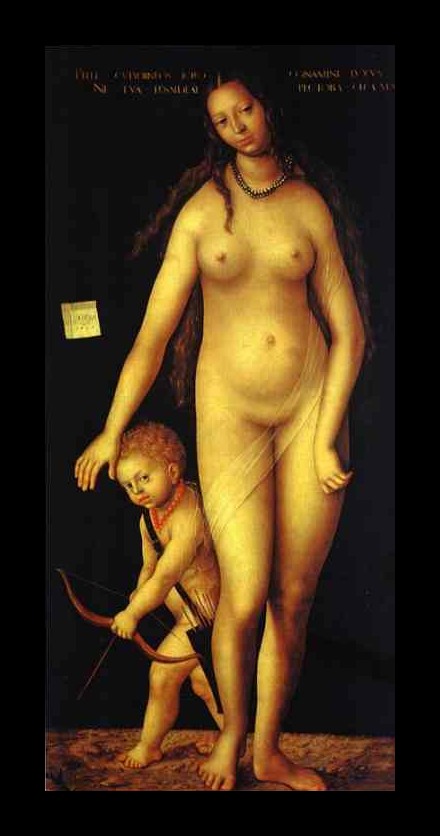
Lucas Cranach was a Renaissance-era German artist who was known for his paintings of nudes and for his stern and precise portraits. Cranach came from a family of artists that lived in the Saxony region. His name was derived from his birthplace, Kronach and he was the son of fellow painter Hans Moller. It is thought that Cranach received his earliest training from his father, Moller, though none of his paintings exist today.



The earliest known existing paintings of Cranach’s hint that he lived in Vienna from 1501 until 1504. His earliest paintings show that he was most likely influenced by fellow German painter Dürer and are comprised of lyrical landscapes and whimsical scenes. These early scenes and portraits created in Vienna have been called some of his finest.
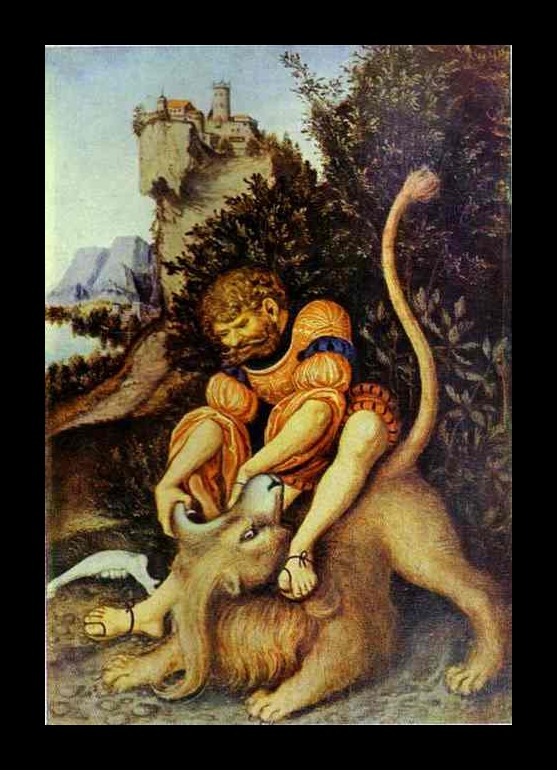

In 1505, Cranach was appointed the court painter to the Saxon electors of Wittenberg where he remained for almost five decades. During this time, he also traveled about northern Europe painting portraits, including the Emperor Maximilian I. Also during this time, Cranach painted religious and mythological scenes, as well as some of the first ever German nudes. Much of his work also reflects his support of the Lutheran faith. Cranach gained a great deal of notoriety within Wittenberg and in 1537 he was even voted mayor.
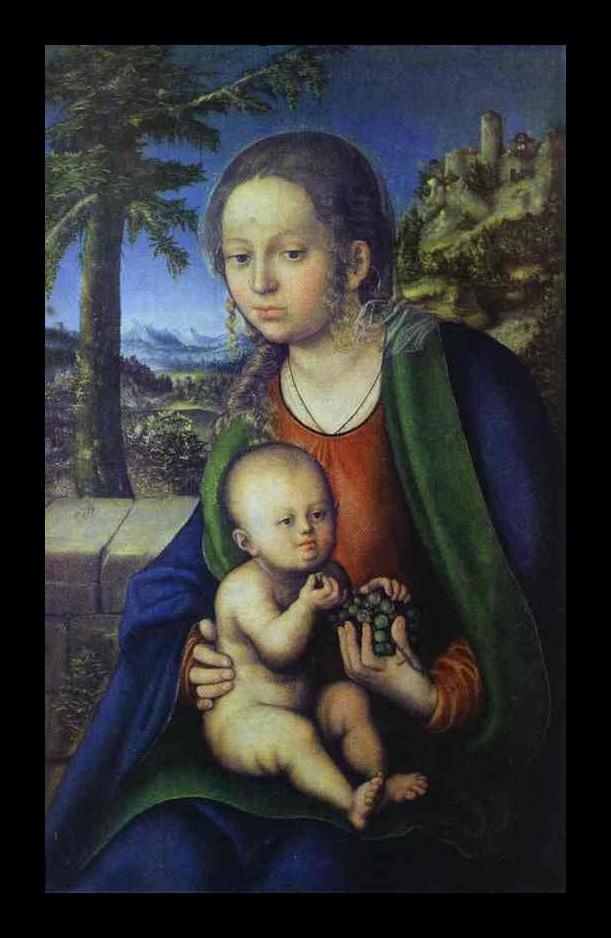
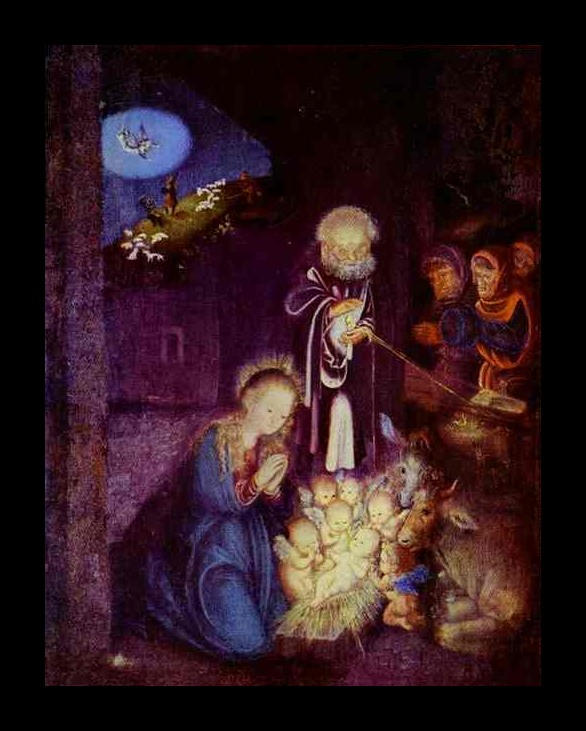
Art historians say that Cranach ran and operated a large workshop and worked very fast, outputting hundreds upon hundreds of portraits and paintings. Cranach also created woodcuts and etchings, and during his career painted a number of portraits of politicians and political leaders. He also had two sons that became artist, however only Lucas Cranach the younger rose to the same kind of fame as his father. Some art critics say that the younger artist so perfectly emulated the style of his father that their works are often difficult to distinguish from one another.
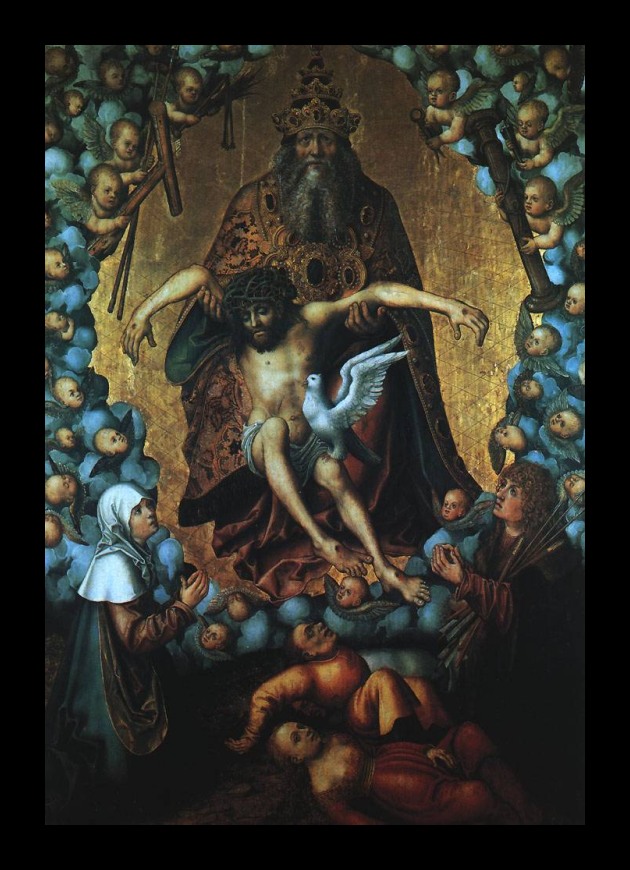
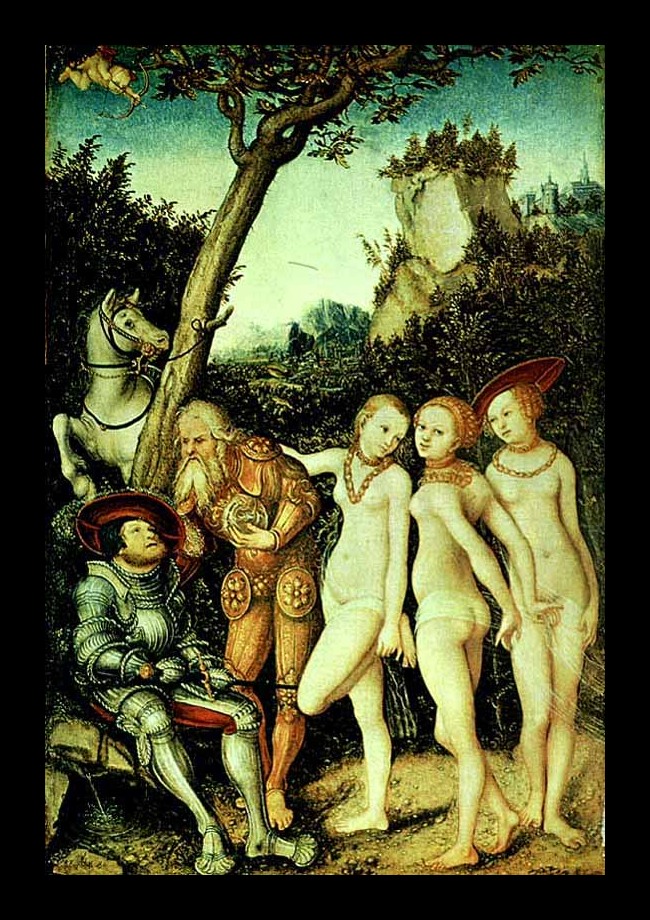
Some art historians also credit Cranach as being the founder of the so-called Danube school of painting. During his travels up and down the famed river and northern Europe, Cranach came in contact with Italian Renaissance and Dutch art, which also helped to shape his personal style. The influence of the Italian Renaissance is most clearly seen in his nude compositions.
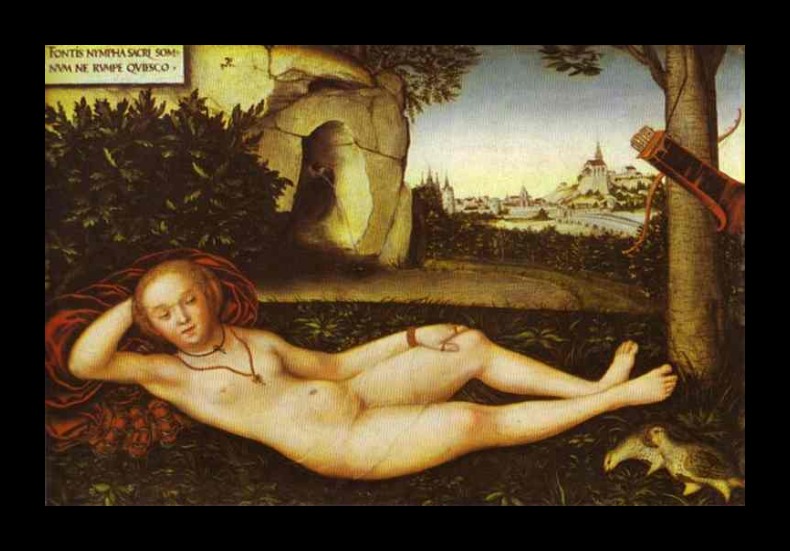

Cranach’s erotic nudes remain one of the most telling aspects of his talent as an artist. During his lifetime, few other artists were painting nudes, especially in Germany. He also became notorious for his paintings of women wearing large hats.

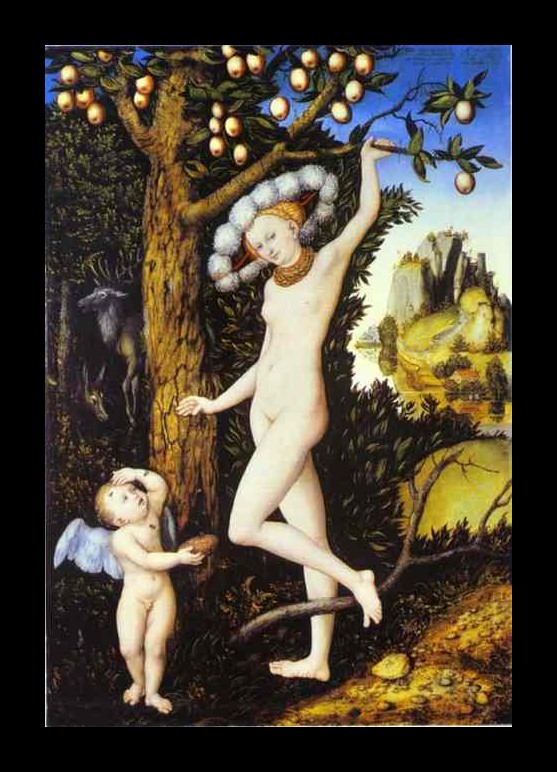
Cranach was often encouraged or commissioned to paint them for the court, and was highly sought after by his contemporaries. He was truly an artist ahead of his time.
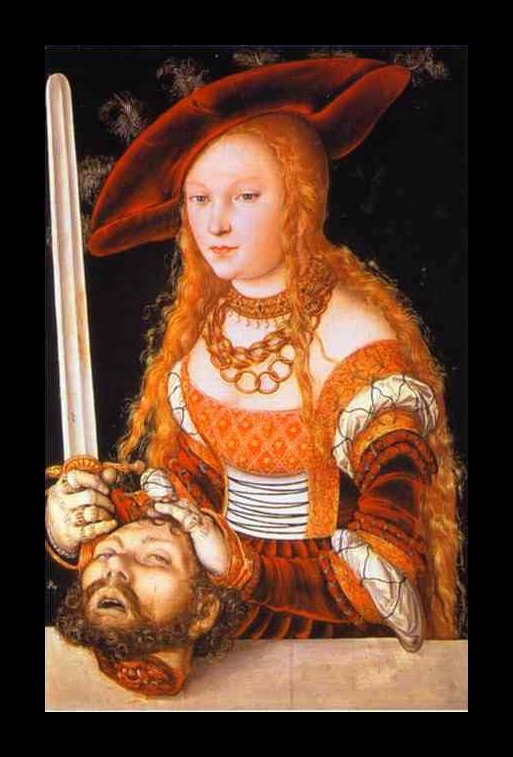

Today, Cranach’s work is housed in museums all over the world and perhaps in your own home. Still wondering about a Renaissance-era German portrait, nude, mythological or religious painting hanging in your family’s estate? Contact us…it could be by Lucas Cranach.
Reviews
1,217 global ratings
5 Star
4 Star
3 Star
2 Star
1 Star
Your evaluation is very important to us. Thank you.
